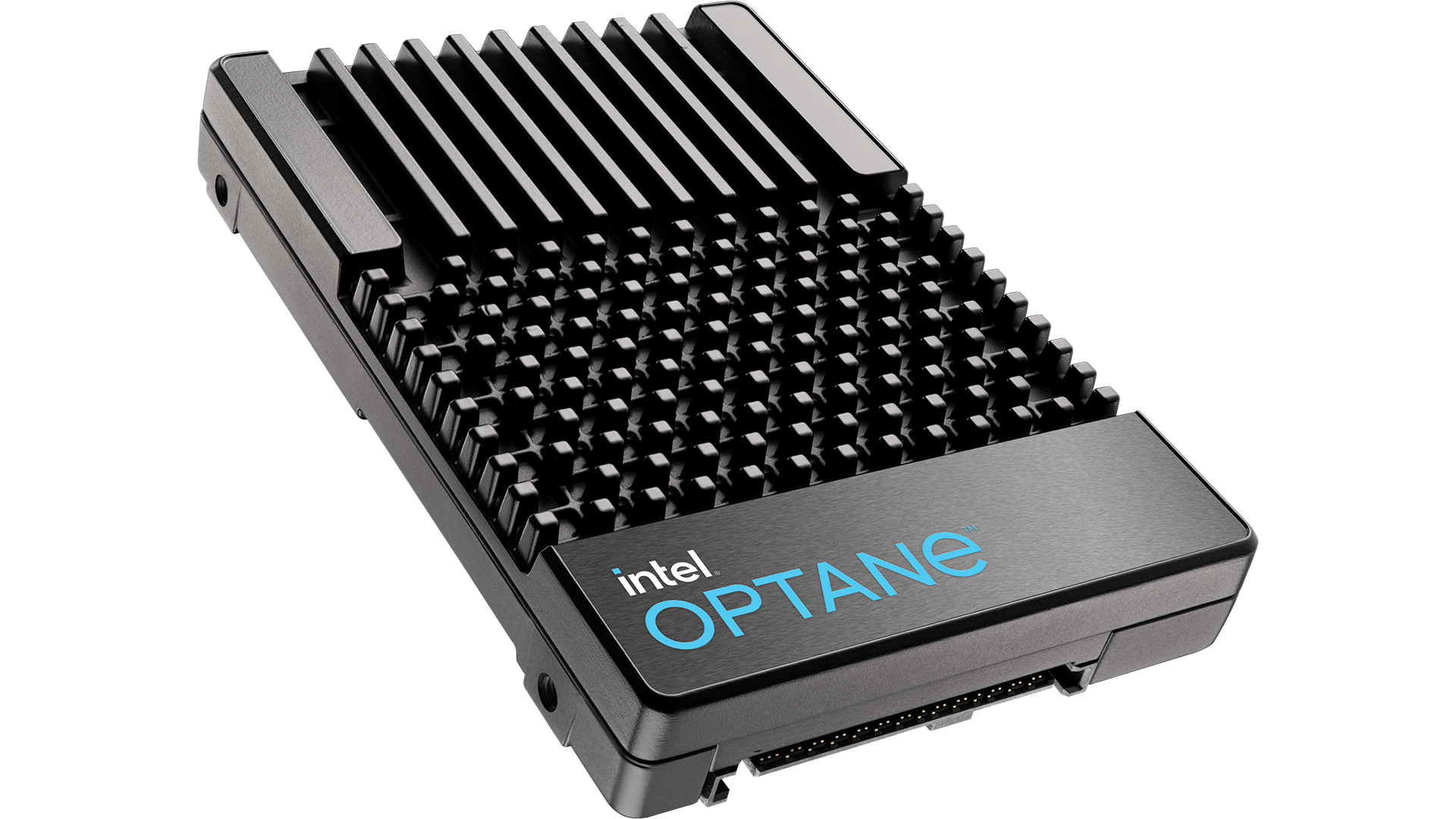Originally posted by coder
View Post
Originally posted by coder
View Post
Originally posted by coder
View Post
Concerning PCIe 5.0 SSDs, the need for giant heatsinks with active cooling is making that form factor look stupid. I wonder why the firms haven't brought a different form factor to market already to address this issue.
From a motherboard complexity standpoint the top M2 slot is usually very near to the CPU and I guess PCIe 5.0 should be doable on Z690 PCBs at that distance, but I don't know why Intel didn't want to support that officially. Maybe they had no means at that time to validate this functionality? I'd argue that the PCIe 5.0 x16 slot is more important anyways, as it is more flexible, you can use either a GPU or a M2 in there via a M2-to-PCIe adapter card. It would be great to have both on a board, no question about that. But I'd rather like to see more innovation to drive costs down and without the need of active cooling on SSDs.


Comment